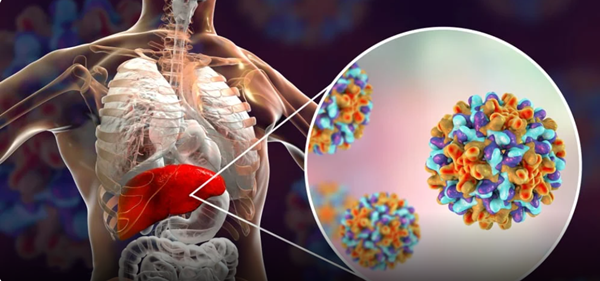5 Myths About Hepatitis Testing – And How HBV & HCV Rapid Test Kits Are Changing the Game
Hepatitis is a major global public health issue, especially hepatitis B (HBV) and hepatitis C (HCV), which, if not diagnosed and treated in time, can lead to cirrhosis and even liver cancer. However, there are still many misunderstandings about hepatitis testing, and the emergence of new rapid test kits is changing this situation.
Myths 1: “Big Three Yang” is More Serious Than “Small Three Yang”
Many people believe that hepatitis B “big three positive” (HBsAg, HBeAg positive) is more dangerous than “small three positive” (HBsAg, anti-HBe positive). In fact, the severity of the disease depends on the viral load (HBV DNA) and liver damage, rather than a simple two-to-half result.
The role of rapid testing: Modern fluorescent quantitative PCR technology can accurately measure HBV DNA, helping doctors determine the activity of the virus and avoid misjudging the disease based solely on “big three positive/small three positive”.
Myths 2: Normal liver function = no need to test for virus
Some patients believe that as long as transaminase (ALT/AST) is normal, there is no need to test for HBV DNA or HCV RNA. However, the virus may continue to replicate in the liver, causing occult liver damage.
The role of rapid testing: High-sensitivity nucleic acid testing (minimum 30 IU/mL) can detect viral replication early, guide whether antiviral treatment is needed, and prevent the disease from worsening.
Myths 3: Positive antibodies = cured
Anti-HBc positive only means that hepatitis B has been infected, while anti-HCV positive may represent current infection, and further testing of HCV RNA is required to confirm whether the virus has been cleared.
Role of rapid testing: Nucleic acid testing can directly detect viral genetic material (HBV DNA/HCV RNA), avoiding false negative or false positive misjudgments of antibody testing
Myths 4: B-ultrasound or liver function test is enough
The “diffuse liver disease” or abnormal liver function shown by B-ultrasound cannot fully reflect the activity of the virus and may miss the diagnosis of early liver cirrhosis.
The role of rapid testing: HBV pgRNA testing can evaluate the activity of the virus in the liver, detect disease progression earlier than imaging, and achieve precise intervention.
Myths 5: HBV and HCV Testing Must Be Done Separately
Traditional testing requires separate serological and nucleic acid tests, which is cumbersome and time-consuming.
The role of rapid testing: The new multiplex PCR technology can screen HBV and HCV simultaneously in a single test, greatly improving diagnostic efficiency, especially for emergency or large-scale screening.
Conclusion
HBV/HCV rapid test kits are correcting traditional testing misconceptions with high sensitivity and specificity. By enabling early diagnosis and precise treatment, they are revolutionizing hepatitis control and prevention.
We Baysen Medical is always focus on diagnostic technique to improve the quality of life . We have developed 5 technology platforms- Latex , colloidal gold , Fluorescence Immunochromatographic Assay , Molecular,Chemiluminescence Immunoassay, Our Hbsag+HCV combo rapid test easy operation and can get test result in 15 mins
Post time: Jul-10-2025
